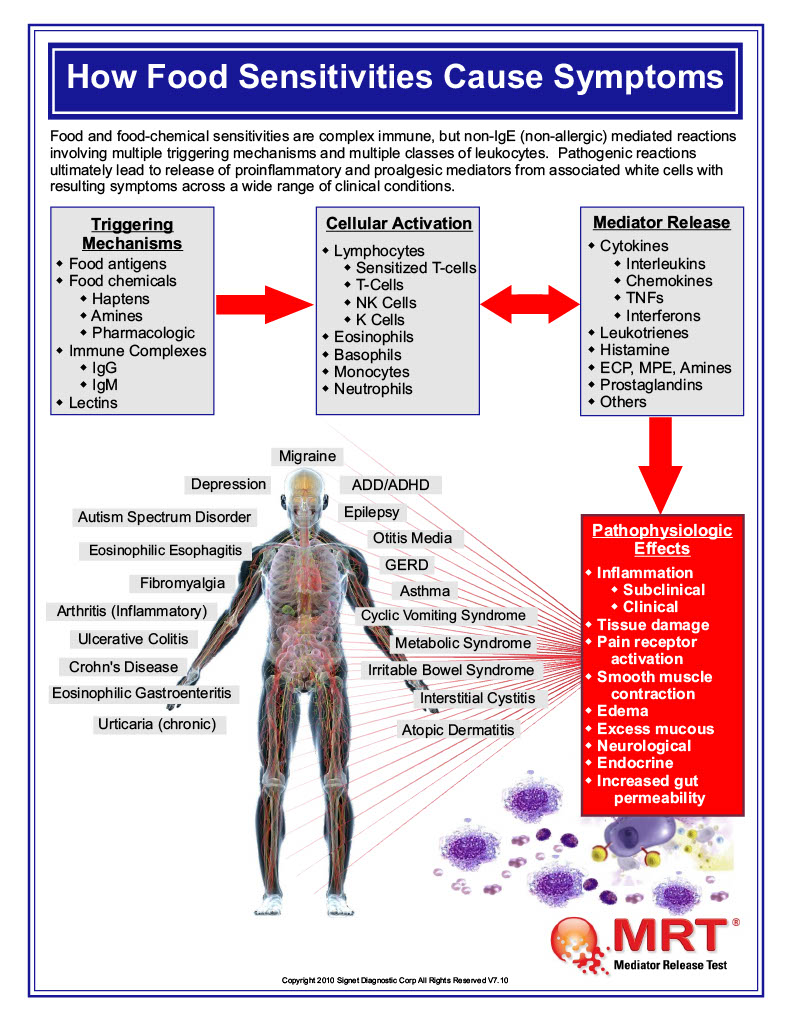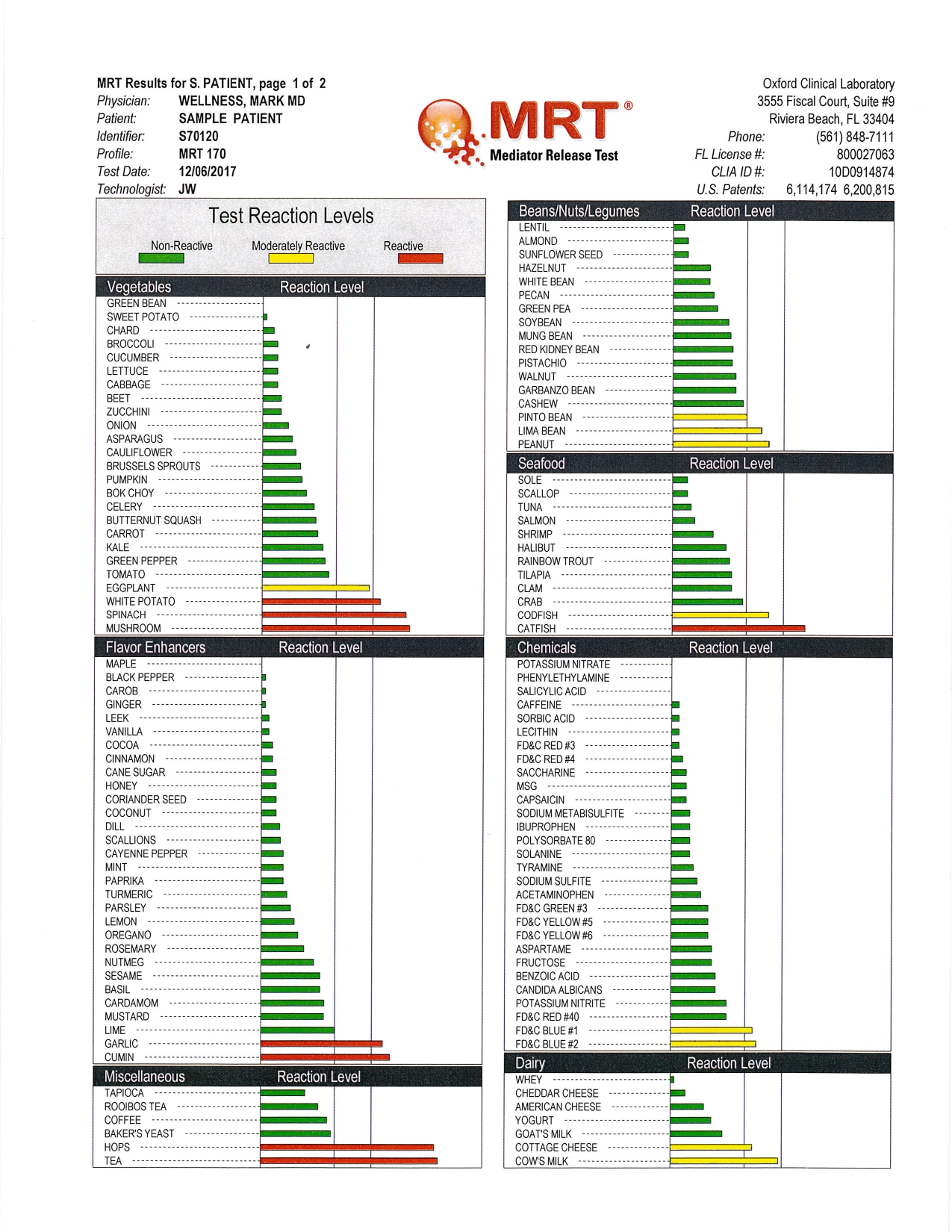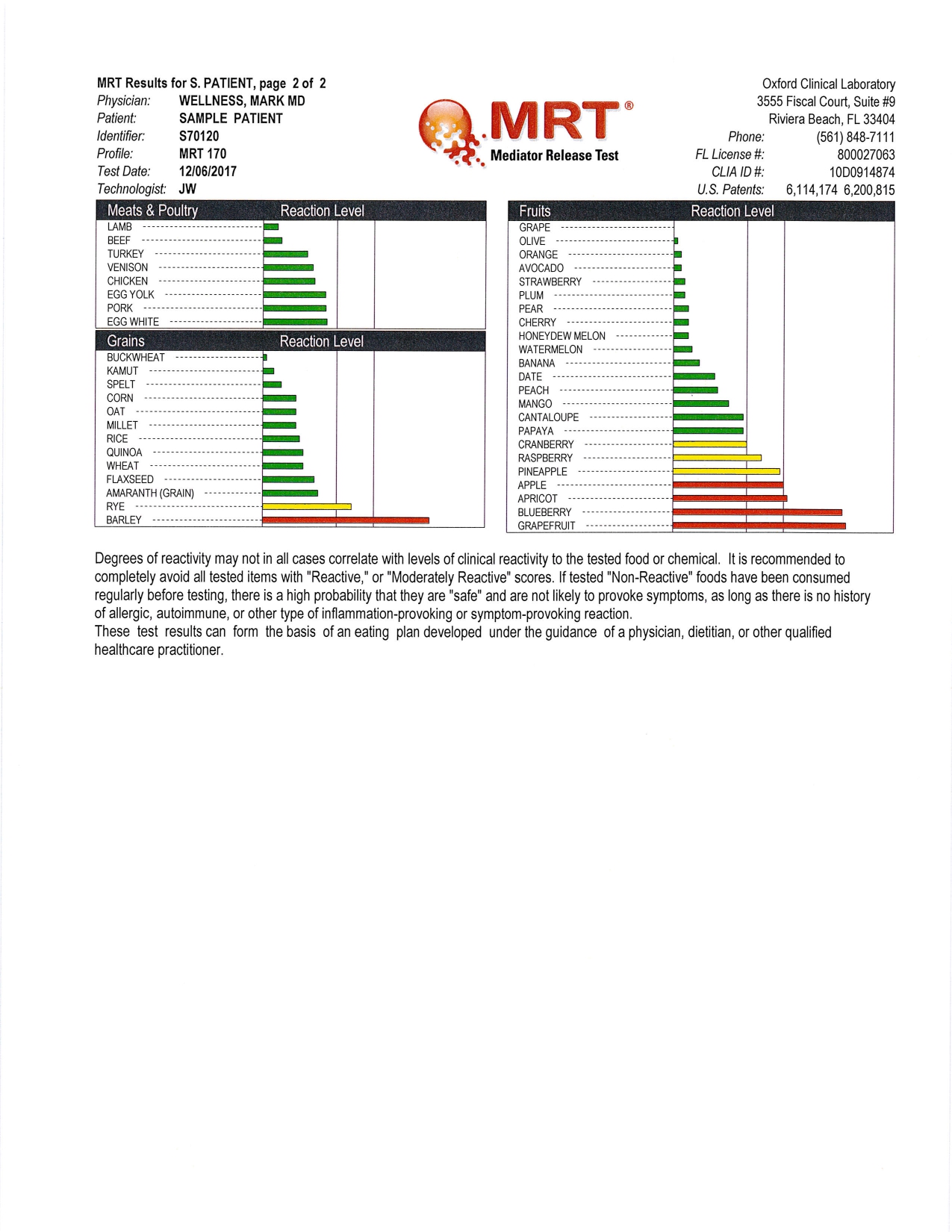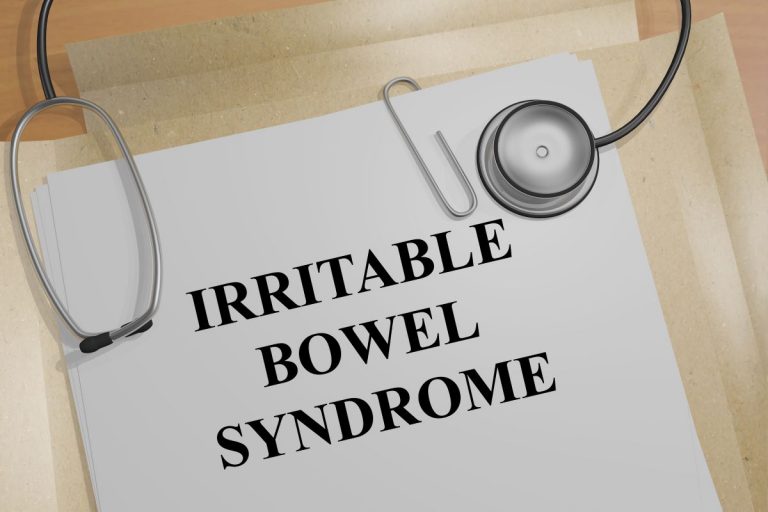WHAT IS THE MRT FOOD SENSITIVITY TEST? LEAP PROTOCOL?
Want to know more about the MRT food sensitivity test and the LEAP Protocol?
Do you think you have food sensitivities?
Having symptoms like gas, stomach pains, fatigue, or eczema?
We are here to help!
There are many food sensitivity tests on the market.
This article will discuss food sensitivities and different food reactions (intolerance vs allergy vs sensitivity).
We will go deeper into the MRT food sensitivity test and the LEAP Protocol (Lifestyle Eating and Performance), the nutrition plan based off of MRT results.
Let’s get started!
Want a copy of this article? Click here to download a copy.
This information is for educational purposes only. As with any medical advice, always check with your doctor or healthcare professional for personal and age-appropriate recommendations.
There are several types of adverse food reactions involving different mechanisms (intolerance, allergy, and sensitivity).
Table of Contents
What is Food Intolerance?
Food intolerances do not involve the immune system. These reactions generally occur when the body does not have sufficient digestive enzymes to break down food. An example of this is lactose intolerance where the body cannot break down lactose due to lack of the enzyme lactase (1, 2). Food intolerance may also be related to effects of chemicals like histamines (3).
Are Food Allergies Different?
Yes, food allergies are an IgE reaction involving the immune system. An allergic reaction occurs when the body overreacts to a food and treats it as an invader. The body then sends out chemicals to defend against the invader.
Symptoms of food allergy include hives, itching, vomiting, and if severe, anaphylaxis can occur. The allergic reaction can be mild or severe and often occurs within minutes to hours after the food is eaten (4).
Food allergy testing involves skin prick, blood test, and the gold standard being an oral challenge test (5, 6).
8 Most Common Food Allergies
The 8 most common food allergies are:(7)
- Egg
- Milk
- Peanuts
- Tree nuts
- Soy
- Wheat
- Shellfish
- Fish
Sesame is being added as the 9th major food allergen beginning January 1, 2023. It will be required on food labels (8).
What are Food Sensitivities?
Food sensitivities (sometimes called delayed food allergy/hypersensitivity reactions) are a non-IgE reaction to food or food chemicals. Exposure to certain foods may cause an immune system reaction (9).
With food sensitivities, white blood cells react to food or food chemicals and release mediators and these mediators circulate through the body causing a variety of symptoms.
Food sensitivities may have a delayed reaction as symptoms can appear up to 72-96 hours after consumption. They are also dose dependent so you may eat a little and not notice symptoms however, larger amounts may provoke a reaction and symptoms (10, 11).
Common Symptoms of Food Sensitivities
The most common symptoms of food sensitivities are (12):
- Bloating and gas
- Brain fog
- Constipation and/or diarrhea
- Fatigue
- Joint pain
- Headaches
- Mood swings
- Rashes or itchy skin
- Runny nose or sinus congestion
- Water retention
- Unexplained weight loss or gain
You may want to get tested for food sensitivities if you have a chronic health condition involving inflammation. Some of these conditions include:
- Acne (13, 14, 15)
- ADHD/Autism (16, 17, 18, 19)
- Anxiety/Depression (20, 21, 22)
- Eczema (23, 24)
- Fibromyalgia (25, 26)
- Gastroesophageal reflux (GERD), reflux (27, 28)
- Inflammatory bowel disease (IBD)- Crohn’s and Ulcerative colitis (29, 30)
- Irritable bowel syndrome (IBS) (31, 32)
- Migraines (33, 34)
- Psoriasis (35)
- Rheumatoid arthritis (36)

Food Sensitivity-How Food Sensitivities Cause Symptoms
Source: www.nowleap.com
What is the MRT Test?
The MRT (Mediator Release Test) is a blood test that measures the amount of mediators released from your white blood cells when exposed to food antigens and food chemicals. It measures sensitivity to 170 foods and food chemicals.
Mediator release is what causes food sensitivity symptoms. The MRT results allow clinicians to create a roadmap for a personalized nutrition plan also called the Immunocalm Diet or LEAP Protocol.
The Townsend Letter article called “The Patented Mediator Release Test (MRT): A Comprehensive Blood Test for Inflammation Caused by Food and Food-Chemical Sensitivities” by Mark Pastula, PhD, reviews the MRT more in depth (37).
The MRT measures both Type III and Type IV food sensitivity reactions therefore, it is able to determine results from different pathways.
The MRT does NOT test for food allergies or intolerances.
It is important to work with a practitioner experienced in interpreting the MRT.
Does the MRT Measure Chemicals Like Salicylate Sensitivity?
The MRT tests some food chemicals like salicylates, solanine, tyramine, food dyes, and more.
Is There Research on the MRT?
There are many publications on the MRT which show significant symptom survey score reduction when a skilled Certified LEAP Therapist (CLT) creates a personalized nutrition plan and when the LEAP Protocol is followed (38).
What about Gluten and Dairy Intolerance?
Gluten is a common sensitivity so we often remove gluten after completing a celiac panel (blood test). It is important to rule out celiac prior to removing gluten as once gluten is removed for a period of time, the celiac test may show a false reading (39).
Dairy allergy, intolerance, and sensitivity are very common. Challenges with dairy may be due to an intolerance (lactase enzyme), an allergy (IgE), B-casomorphin, or an ingredient in the milk that the animal ate which may show up in the milk (40, 41).
Removing all dairy products for about 10 days is the best and easiest way to monitor dairy tolerance.
What is the LEAP Protocol?
The LEAP (Lifestyle, Eating, and Performance) Protocol is the plan created with your practitioner based on your MRT results. The MRT provides a roadmap to create your personalized nutrition and lifestyle plan.
What is a Certified LEAP Therapist?
A Certified LEAP Therapist (CLT) is a clinician trained to customize the LEAP Protocol from your MRT results. CLT’s must pass an exam offered by Oxford Biomedical Technologies, the creator of MRT.
The CLT will review your medical and nutrition history, medications, supplements, and lifestyle. From the MRT results, they will interpret the test, review food chemicals, and create a customized nutrition and lifestyle plan.
For the first 2 weeks, you eat about 25-30 of your least reactive foods (we choose foods normally eaten in your diet so we know your immune system is familiar with the food).
Once you see significant symptom reduction in about 2 weeks, you add foods back in, one at a time, monitoring for any symptoms.
The goal is to reduce symptoms significantly and get back to eating a broad diet in about 6 weeks.
A Sample MRT
Here is a sample MRT. Everyone’s test results look completely different and a Certified LEAP Therapist (CLT) can help guide you with your personalized protocol. Source: www.nowleap.com


Ready to Heal with the MRT Food Sensitivity Test and LEAP Protocol?
Check these:
- You have gut problems, an autoimmune condition, or a chronic inflammatory condition…
- You have tried other nutrition plans and nothing has worked…
- You have eliminated gluten, dairy, and other foods and you are still not feeling better…
- You are ready to make changes to your health…
Contact me to set up a free consultation.
Final Thoughts
There are different food reactions (intolerance vs allergy vs sensitivity).
Food sensitivities (sometimes called delayed food allergy/hypersensitivity reactions) are an inflammatory reaction to food or food chemicals.
The MRT (Mediator Release Test) is a blood test that measures the amount of mediators released from your white blood cells when exposed to food antigens and food chemicals.
The LEAP Protocol is the nutrition and lifestyle plan created from your MRT results with the guidance of a skilled Certified LEAP Therapist.
A Certified LEAP Therapist is trained and must pass an exam to guide you to create your LEAP Protocol based on your MRT results.
Remember, what you eat is important for health and disease prevention.
What you absorb (breaking down the food) and assimilate (gets into the cells) is critical.
Test don’t guess.
Contact me to schedule an appointment to review your personalized nutritional health.
© Amy Archer RDN, CLT, CHWC






